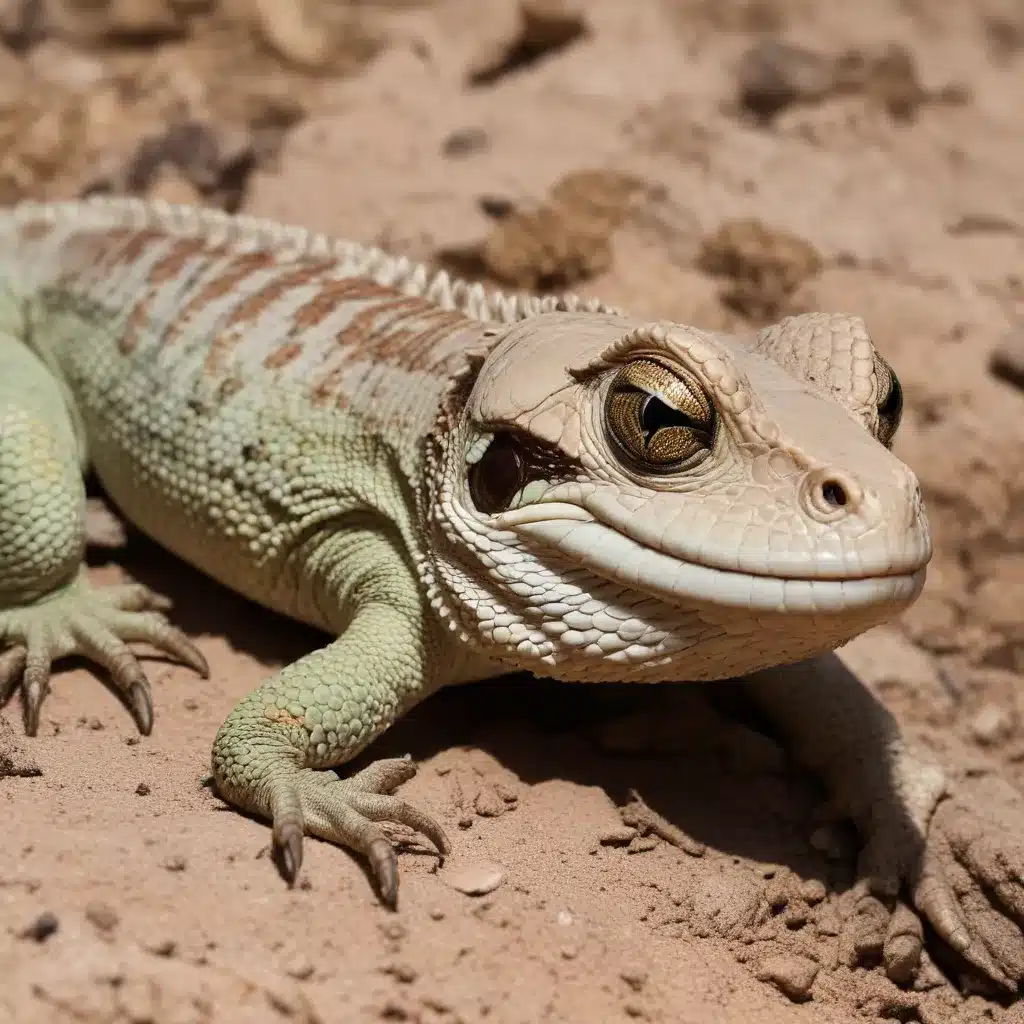
Preserving Rare and Threatened Reptile Species
Reptiles, with their diverse and captivating forms, have long captured the fascination of both casual enthusiasts and dedicated conservationists. Among this rich tapestry of the animal kingdom, some species face the looming threat of extinction, requiring urgent attention and proactive measures to ensure their survival. This article delves into the critical role of conservation efforts in safeguarding the future of these endangered reptiles, exploring best practices in reptile husbandry, breeding techniques, and the legal requirements for the responsible sale of exotic reptiles.
Understanding the Challenges Facing Endangered Reptiles
Habitat loss, illegal wildlife trade, and climate change are some of the primary drivers of reptile species decline around the world. Many rare and threatened reptiles, such as the critically endangered Saint Lucia endemic reptiles, face the constant threat of population depletion and fragmentation. Responsible conservation efforts, guided by scientific research and legal frameworks, are essential in reversing these alarming trends and ensuring the long-term survival of these unique and irreplaceable creatures.
Reptile Husbandry: Providing Optimal Captive Care
Captive breeding and responsible pet ownership play a vital role in conservation initiatives. Ensuring appropriate reptile husbandry is crucial for the well-being of these animals, both in captivity and in their natural habitats. This includes:
Habitat Replication: Recreating the natural environment of a reptile species, with attention to factors such as temperature, humidity, substrate, and hiding spots, is essential for their physical and behavioral well-being.
Nutritional Requirements: Understanding the dietary needs of each reptile species, including the appropriate balance of nutrients, is crucial for maintaining their health and promoting successful breeding.
Health Monitoring: Regularly monitoring the physical condition of captive reptiles, addressing any signs of illness or injury, and seeking veterinary care when necessary, are all vital components of responsible reptile husbandry.
Enrichment and Stress Reduction: Providing captive reptiles with opportunities for natural behaviors, such as burrowing, climbing, and basking, can help reduce stress and promote overall well-being.
By prioritizing these aspects of reptile care, breeders and owners can contribute to the long-term conservation of endangered species, both through successful captive breeding programs and by serving as responsible ambassadors for these remarkable creatures.
Reptile Breeding Techniques: Ensuring Genetic Diversity
Captive breeding programs play a crucial role in maintaining healthy and genetically diverse populations of endangered reptiles. Responsible breeders must employ techniques that prioritize the preservation of genetic diversity, avoid inbreeding, and maintain the natural characteristics of the species. This includes:
Selective Breeding: Carefully selecting breeding pairs based on genetic diversity, health, and desirable traits can help strengthen the overall population and ensure the continued viability of the species.
Artificial Incubation: Controlling the incubation temperature, humidity, and other environmental factors can improve hatching rates and ensure the successful development of healthy hatchlings.
Parental Care Simulation: Providing appropriate nesting sites, humidity, and temperature control can mimic natural parental care and enhance the survival of offspring.
Record-keeping and Tracking: Maintaining detailed records of breeding pairs, offspring, and genetic lineages is essential for managing the captive population and preventing inbreeding.
By employing these responsible breeding techniques, reptile breeders can contribute to the long-term conservation of endangered species, while also providing a sustainable source of specimens for the exotic pet trade.
Legal Considerations for Selling Exotic Reptiles
The sale and ownership of exotic reptiles are subject to a complex web of legal regulations and permitting requirements. Responsible reptile enthusiasts and breeders must be well-versed in the applicable laws and guidelines to ensure compliance and avoid inadvertent violations. Key considerations include:
Endangered Species Act: The Endangered Species Act in the United States provides protection for threatened and endangered species, regulating the trade and possession of these animals.
CITES Regulations: The Convention on International Trade in Endangered Species of Wild Fauna and Flora (CITES) sets international standards for the trade of wildlife, including many reptile species.
State and Local Laws: Individual states and local jurisdictions may have additional regulations and requirements for the ownership, sale, and transport of exotic reptiles. Breeders and sellers must familiarize themselves with these specific laws.
Permitting and Licensing: Depending on the species and the intended use (e.g., commercial, private, research), various permits and licenses may be required for the breeding, sale, and transport of exotic reptiles.
By adhering to these legal guidelines and requirements, reptile enthusiasts and breeders can ensure the responsible and sustainable management of endangered species, while also contributing to the broader conservation efforts that safeguard the future of these remarkable creatures.
Promoting Responsible Reptile Ownership
Responsible reptile ownership is a crucial aspect of the conservation effort. By providing caring homes for captive-bred specimens, reptile enthusiasts can play a vital role in preserving endangered species. This includes:
Comprehensive Research: Prospective reptile owners should thoroughly research the specific care requirements, housing needs, and legal considerations for the species they wish to keep.
Reputable Sourcing: Acquiring reptiles from reputable breeders or authorized dealers who prioritize conservation and genetic diversity is essential.
Proper Husbandry and Veterinary Care: Maintaining appropriate habitat conditions, providing a balanced diet, and seeking veterinary attention when necessary are all vital responsibilities of reptile owners.
Responsible Breeding and Rehoming: Reptile owners should avoid uncontrolled breeding and, if necessary, work with reputable organizations to find suitable homes for any offspring.
By embracing these principles of responsible reptile ownership, enthusiasts can contribute to the broader conservation efforts and help secure the future of endangered reptile species.
Conclusion
Safeguarding the future of endangered reptiles requires a multifaceted approach that combines scientific research, legal frameworks, and the collective efforts of breeders, enthusiasts, and conservationists. By prioritizing responsible reptile husbandry, employing sustainable breeding techniques, and adhering to legal requirements, we can play a crucial role in preserving the remarkable diversity of these unique creatures. Through our actions and commitment, we can ensure that future generations will have the opportunity to marvel at the beauty and wonder of these extraordinary reptiles. Visit ExoticReptilesToday.com to learn more about responsible reptile ownership and the latest trends in reptile conservation.

